Why Is My Dill Flowering: Reasons A Dill Plant Has Flowers
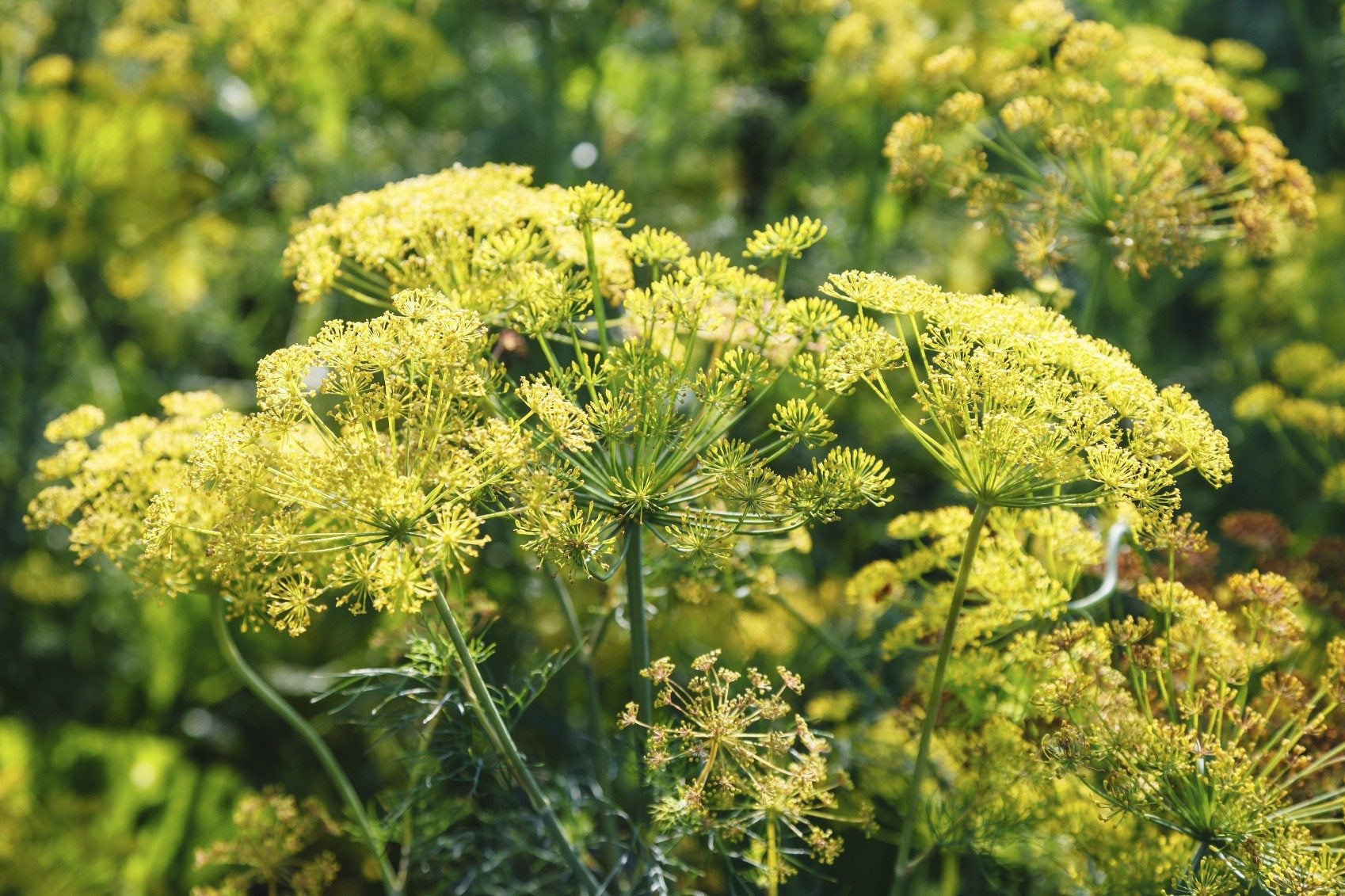

Dill is a biennial that is most commonly grown as an annual. Its leaves and seeds are culinary flavorings but flowering will impede leaves while providing the zesty seeds. You need to decide which part you desire the most in order to promote a bigger harvest of that dill growth. When a dill plant has flowers, foliage decreases and the plant focuses its energy on forming a bigger seed head. Flowering in dill plants can be prevented if you wish to preserve the dainty foliage for seasoning.
Help, My Dill Plant is Flowering!
So you say, "My dill plant is flowering." This may be a good thing or a bad thing depending upon which part of the plant you use most often. Hot weather will enhance bud formation and cause the plant to bolt, or flower. The flower signals the end of the plant's life and the cessation of foliage production. It really depends which part you use the most when flowering in dill plants initiates. If you are concerned about your dill forming a flower head, it means you probably use the lacy leaves most often for seasoning. You will notice as the head forms that the stem thickens and foliage becomes smaller and more sparse. This is because the plant is focusing on producing flowers, seeds and the reproductive cycle. Why is my dill flowering? Plants that grow in hot regions will see this occurring early in the season, while plants in cooler regions will not flower until later in summer. The good news about flowers is that they lead to seed and, therefore, more future plants. Dill grows fast and you might be able to get another crop if you plant more seeds.
What to do if a Dill Plant Has Flowers
Bolting is a natural plant response when environmental conditions become less than optimum. The plant's impulse is to produce seeds and preserve its genetics. In order to prevent the flower head for a time and encourage more leaves, you must literally nip it in the bud. This means pinching when you first see the beginnings of the small buds. Pinching can enforce a larger, bushier, more compact plant and prevent it from starting to die back. Of course, eventually the plant will die and probably flower but you can extend the leaf harvest somewhat. If your dill plant has flowers already, pinching will likely not help, as the plant has already made the decision to leave this cruel world and leave behind its genetic memento. The flowers will develop into pungent seeds, commonly used in canning and pickling. To harvest the seeds, let the flower turn brown and the seeds turn from green to tan. Snip off the head and hang it upside down in a dry, warm location to finish maturing. When the seeds are ready, place the entire flower head in a paper bag. Shake the head vigorously into the bag, collecting the tiny oval seeds. Store the leaves in a tightly sealed glass jar in a cool, dry, dark location – such as your spice cupboard. Dill is best fresh and will gradually lose its flavor over time. It is a good idea to replace your dill seasoning annually to preserve that intense flavor. Fortunately, growing dill is quick and simple and the seeds you collect can be used to start the next season's crop.
Gardening tips, videos, info and more delivered right to your inbox!
Sign up for the Gardening Know How newsletter today and receive a free copy of our e-book "How to Grow Delicious Tomatoes".

Bonnie Grant is a professional landscaper with a Certification in Urban Gardening. She has been gardening and writing for 15 years. A former professional chef, she has a passion for edible landscaping.
-
 Zinnias On Repeat: 10 Glorious Cut-And-Come-Again Varieties For Endless Summer Bouquets
Zinnias On Repeat: 10 Glorious Cut-And-Come-Again Varieties For Endless Summer BouquetsThese zinnia varieties keep giving all summer, making them the perfect choice for dedicated cutting gardens – or just the occasional homegrown bouquet.
By Ellen Wells
-
 Create A Romantic Garden Straight Out Of Bridgerton: Regency Era Romance In Your Garden
Create A Romantic Garden Straight Out Of Bridgerton: Regency Era Romance In Your GardenTry some romantic garden ideas straight out of Bridgerton. Flowers and gardens in the Regency era were lush and charming and you can get the same look!
By Bonnie L. Grant
-
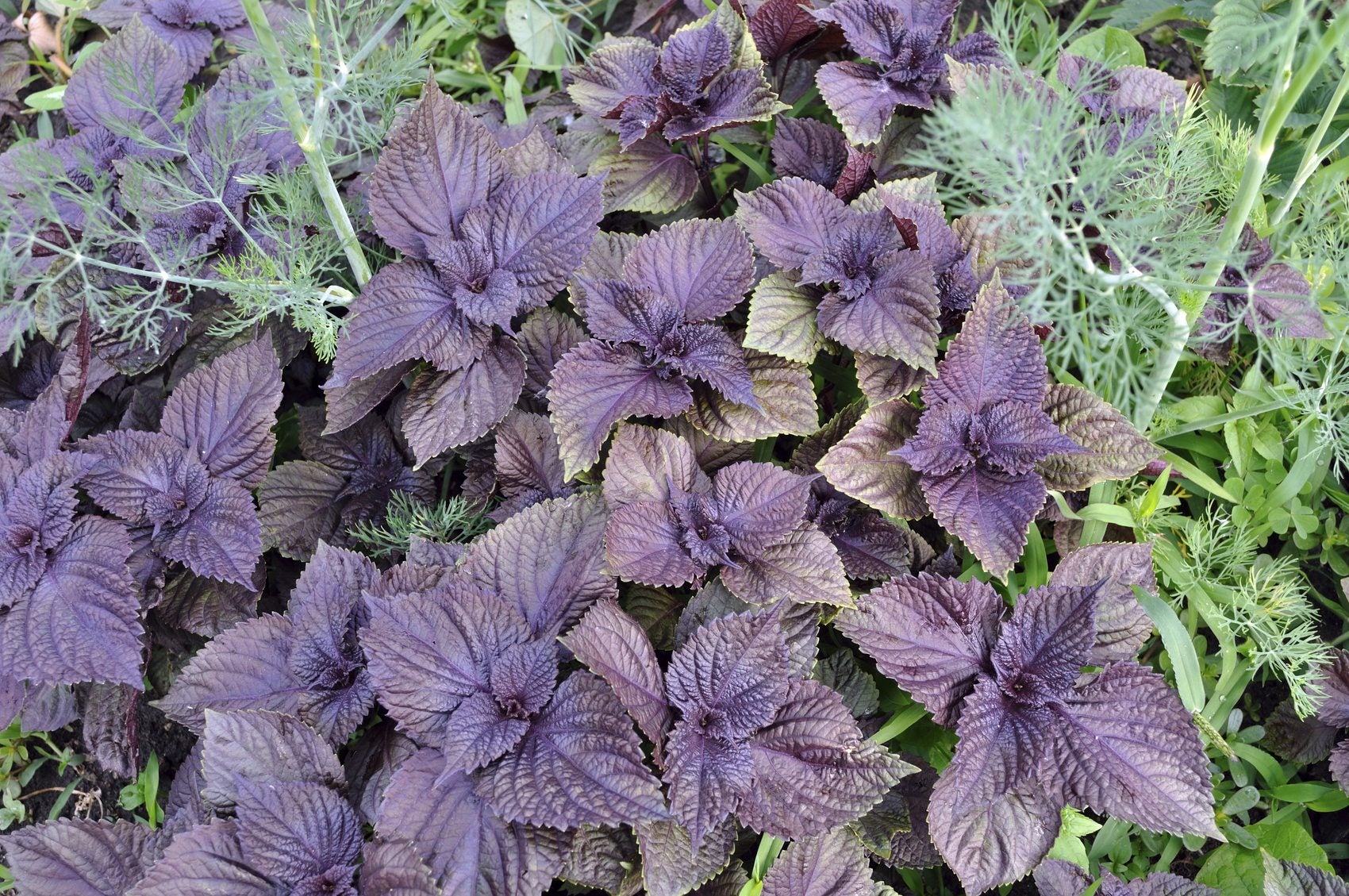 Companion Plants For Dill: What To Plant With Dill In The Garden
Companion Plants For Dill: What To Plant With Dill In The GardenIf you're wondering what to plant with dill, experiment and see what works best in your garden. Here are some suggested dill companion plants - and a few things that AREN'T believed to be good dill plant companions. Click this article to learn more.
By Mary H. Dyer
-
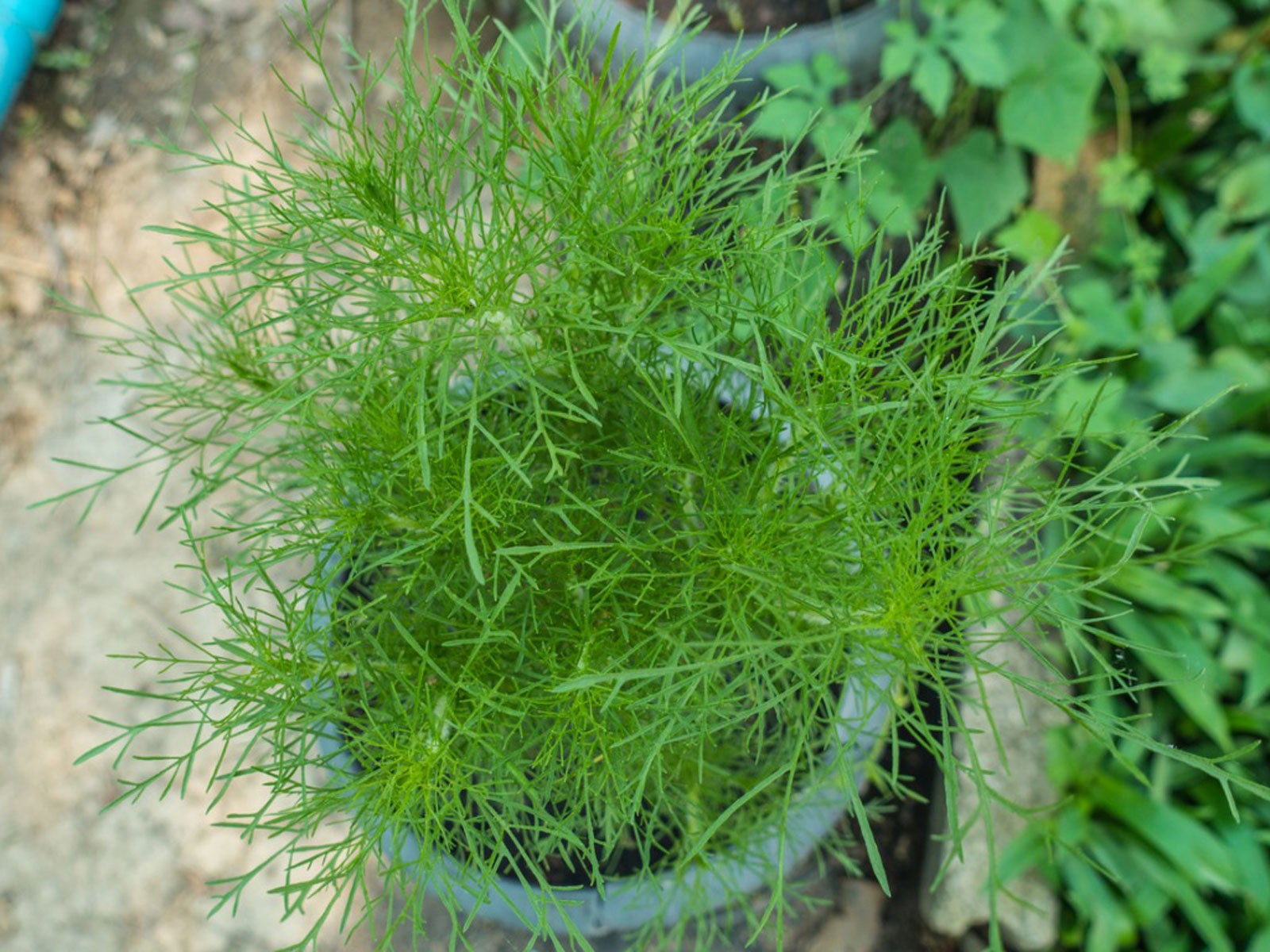 Potted Dill Plant Care: Tips For Growing Dill In Containers
Potted Dill Plant Care: Tips For Growing Dill In ContainersHaving dill in a container near or in your kitchen is a great way to get the most out of cooking with it. How do you grow potted dill plants? Click here.
By Liz Baessler
-
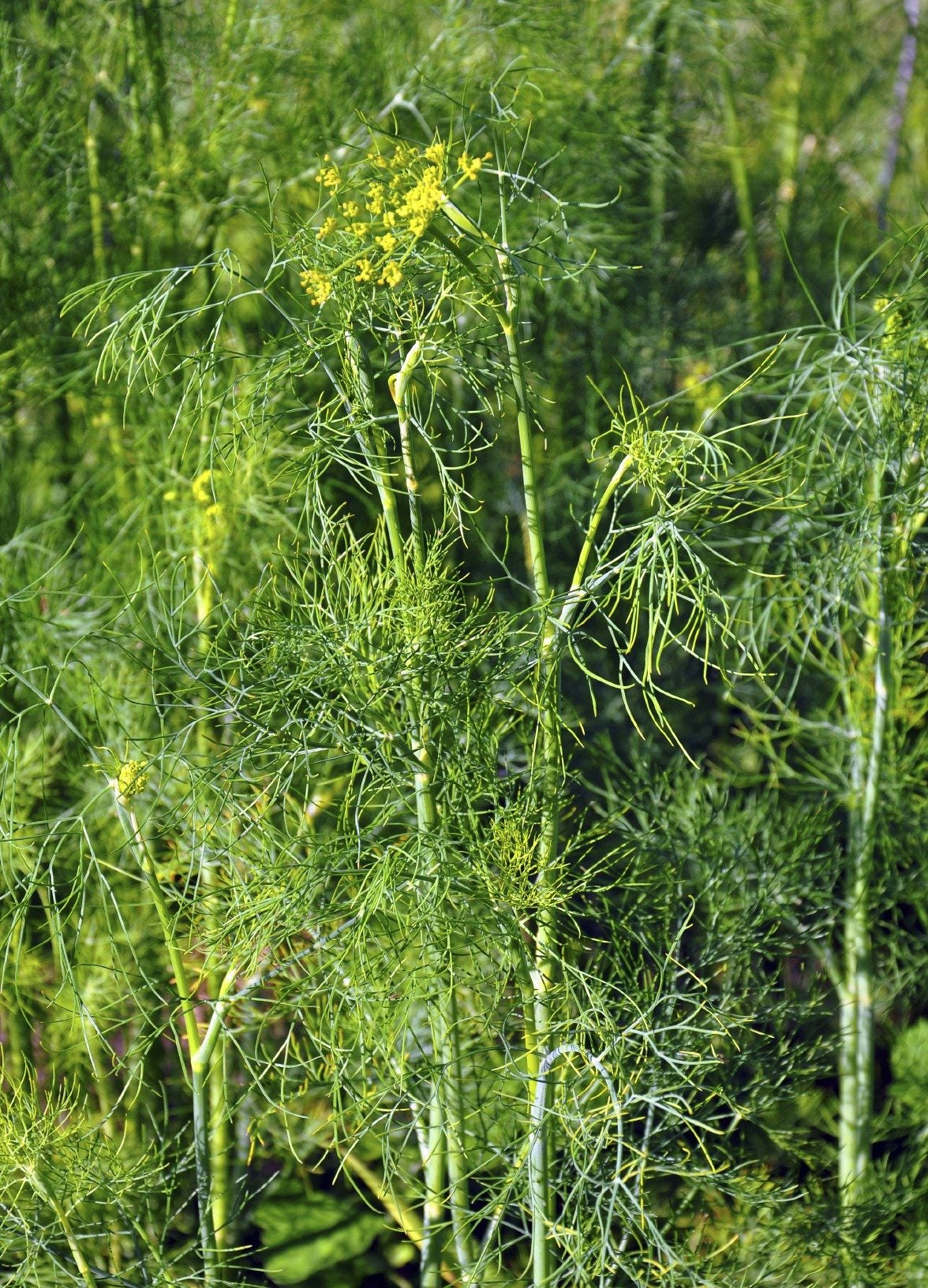 Dill Plant Types: What Are Some Different Varieties Of Dill
Dill Plant Types: What Are Some Different Varieties Of DillDill is a great herb to have around. It has fragrant, delicate foliage, bright yellow flowers, and a flavor like none other. But there are a few different varieties of dill, and it may not be easy to know which one to grow. Click here to learn more about it.
By Liz Baessler
-
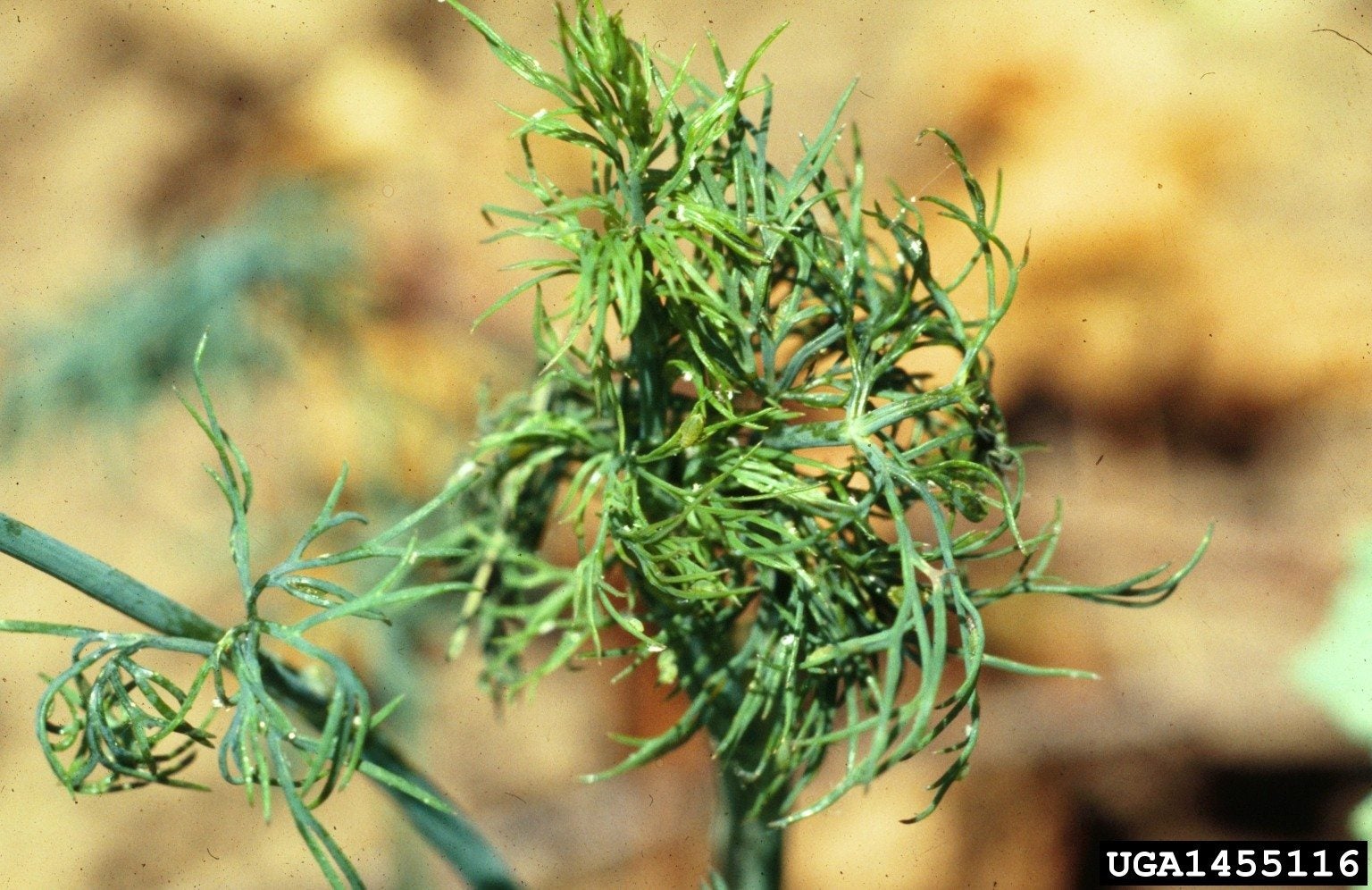 Dill Plant Diseases – Tips For Treating Issues With Dill
Dill Plant Diseases – Tips For Treating Issues With DillThe average gardener may have to deal with his or her share of dill plant problems, from pests to dill plant diseases. The following article contains information on identifying and treating diseases affecting dill plants. Click here for more info.
By Amy Grant
-
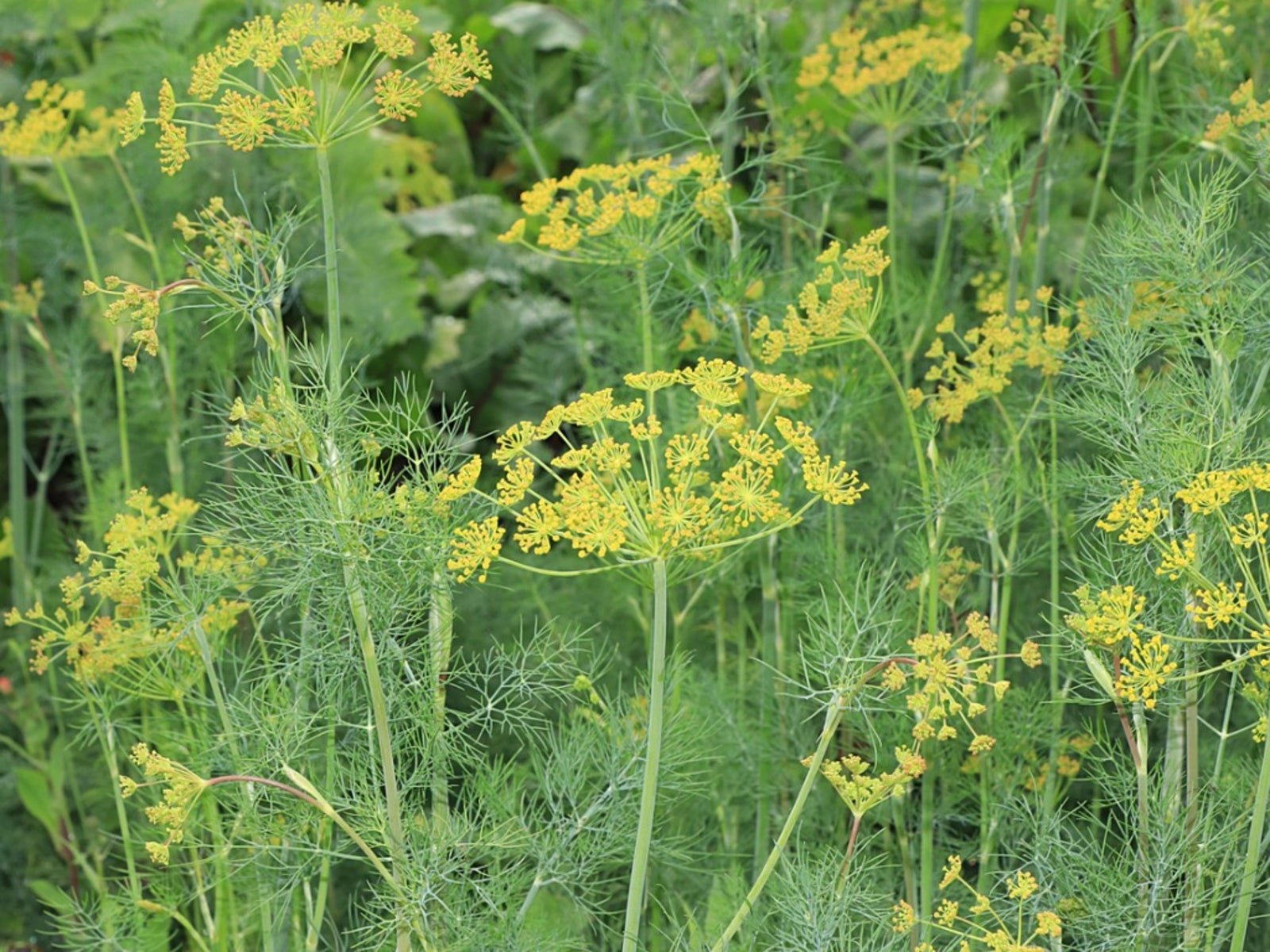 Yellowing Dill Plants: Why Is My Dill Plant Turning Yellow
Yellowing Dill Plants: Why Is My Dill Plant Turning YellowYellowing dill plants can be an indication of incorrect cultural care, improper site, insects or disease as well as an indication to end of season. If you are asking, "why is my dill plant turning yellow," click here for more information about common causes.
By Bonnie L. Grant
-
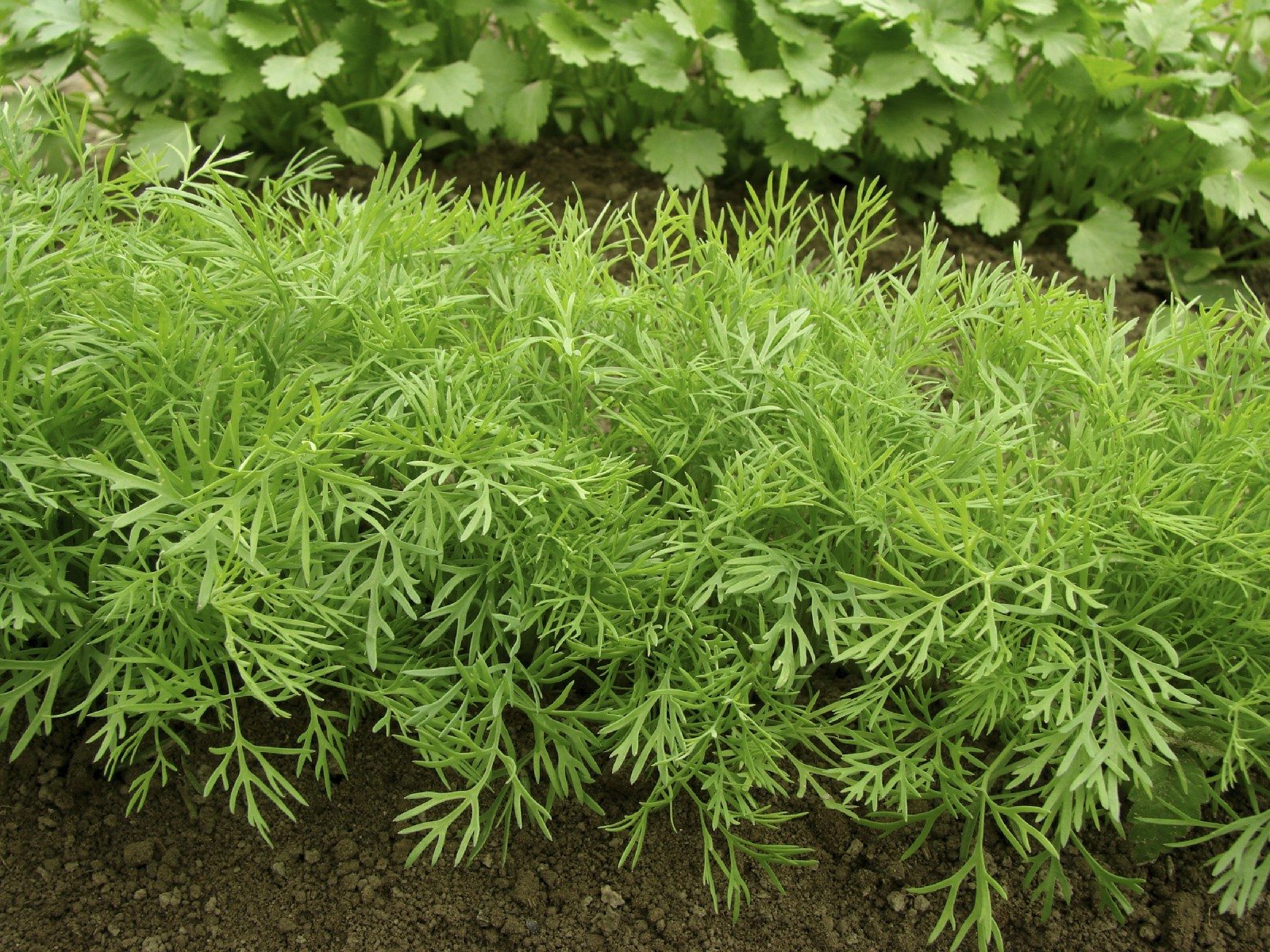 Getting Bushy Herb Plants: How To Trim A Dill Plant
Getting Bushy Herb Plants: How To Trim A Dill PlantDill plants can grow long and leggy, but learning how to prune dill, the plants will produce plenty for your culinary uses. Learn more here.
By Gardening Know How
-
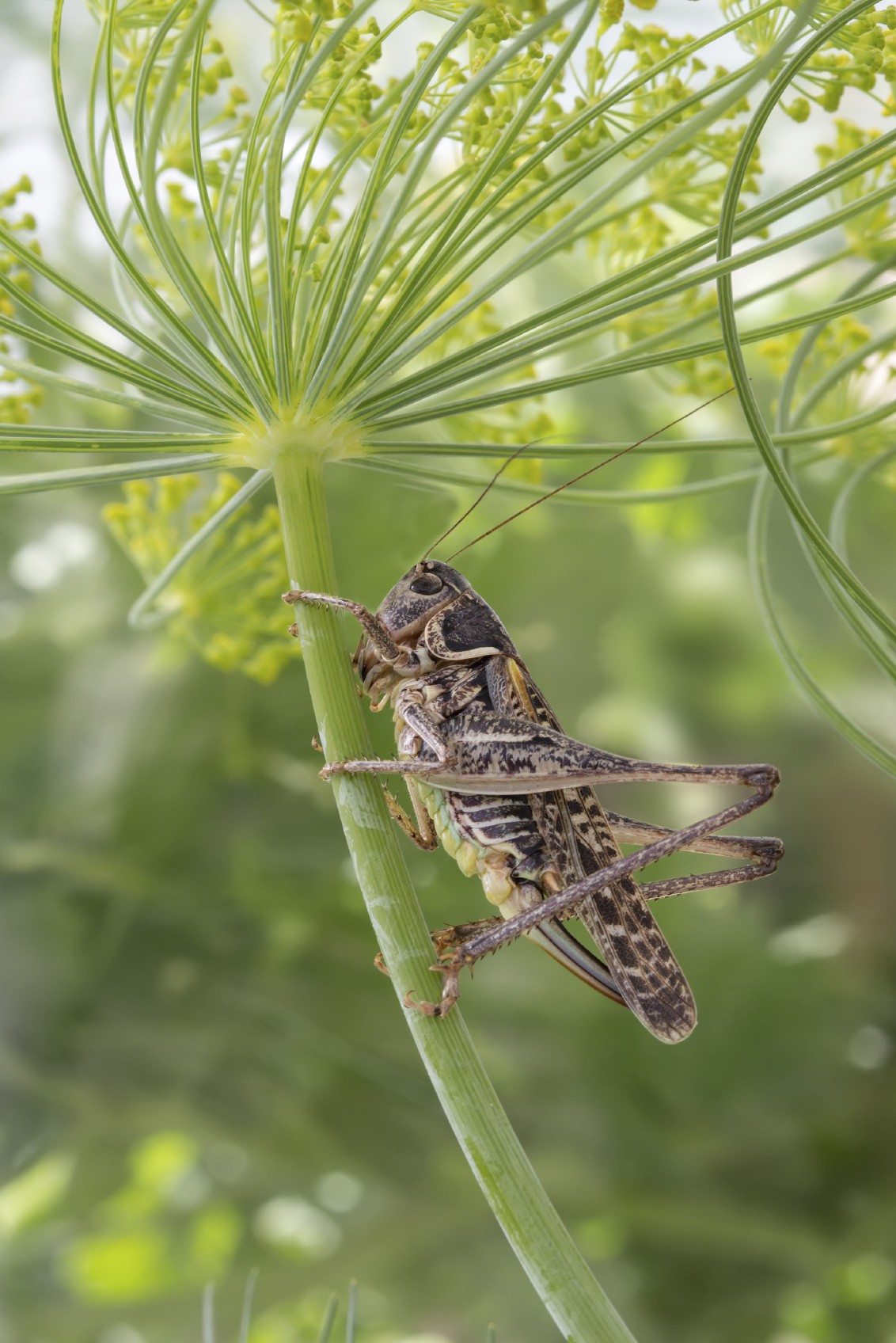 Dill Plant Care: Tips For Treating Pests On Dill Plants
Dill Plant Care: Tips For Treating Pests On Dill PlantsAs with most herbs, dill is fairly easy to care for, but it does have its share of dill plant pests. Find out about getting rid of insects on dill and other dill plant care in this article. Click here for more information.
By Amy Grant
-
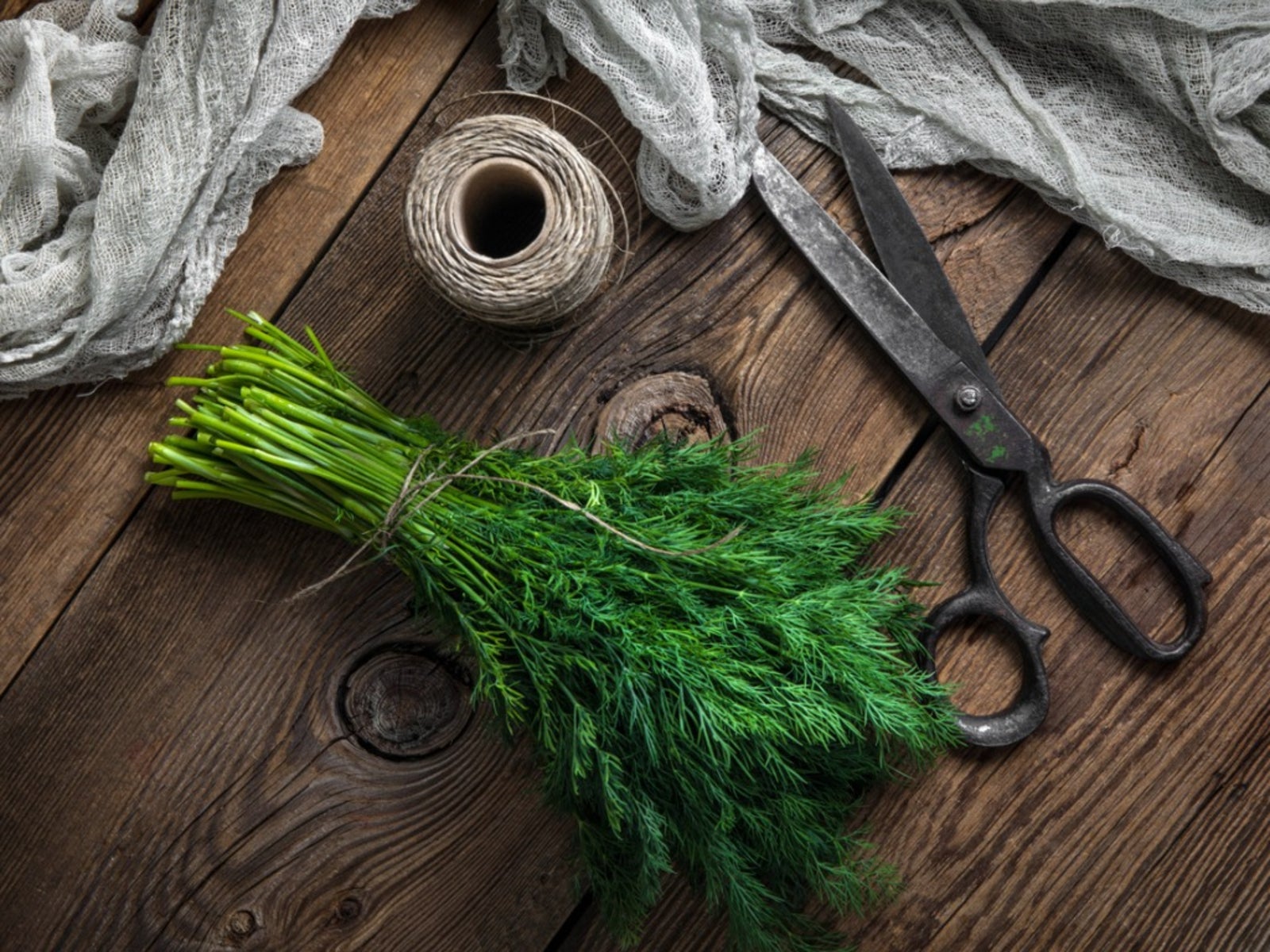 Information On How To Harvest Dill And Drying Dill Weed and Dill Seeds
Information On How To Harvest Dill And Drying Dill Weed and Dill SeedsDill weed is an essential flavoring for pickling. Learn how to harvest dill and how to store dill weed to keep the delicate flavor around all year. This article will help, so click here for more info.
By Bonnie L. Grant